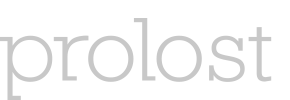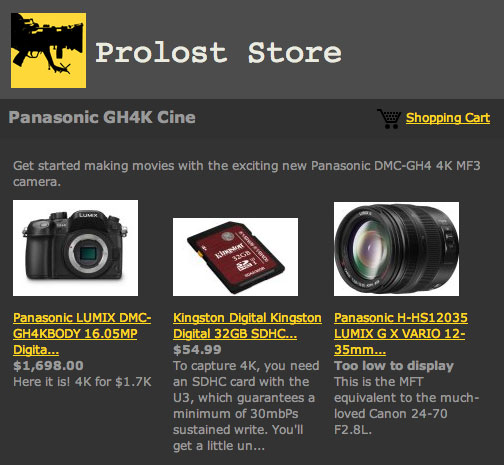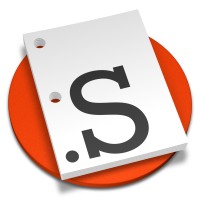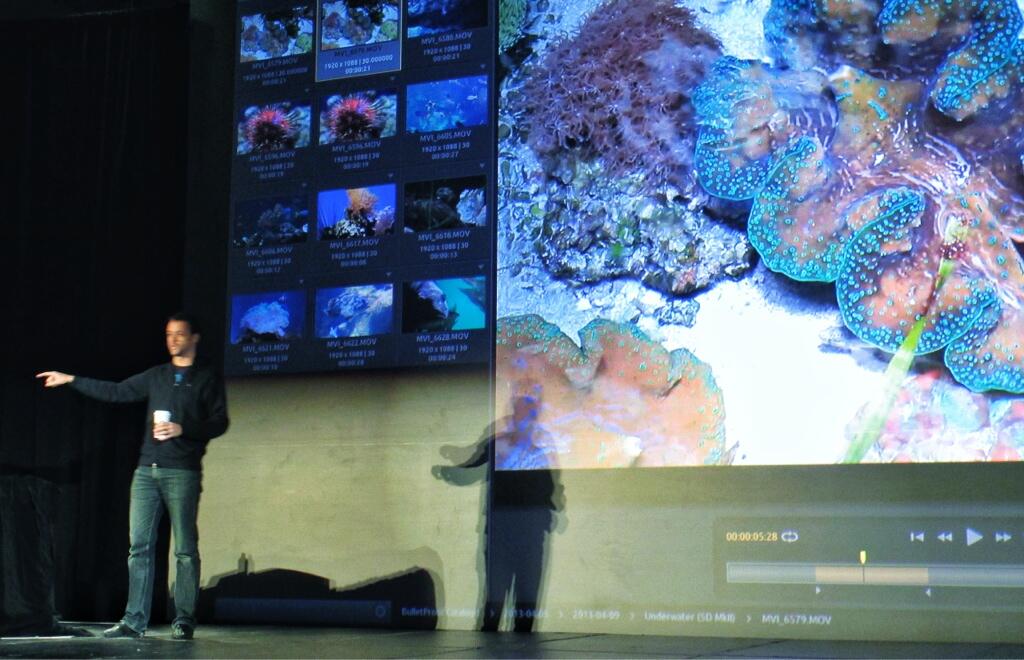Color Correcting Typewriters
 Monday, May 6, 2013 at 9:22AM
Monday, May 6, 2013 at 9:22AM The promo video for Slugline was a fun opportunity for me to try my hand at (AKA rip off) the “show, don’t sell” style of my hipster pitchman idol Adam Lisagor, as well as a chance to bust out some DV Rebel production tricks, such as stealing shots in plain sight, and approaching cinematography as an informed collaboration between the shoot and the color grade.
The opening shot features a row of typewriters, culminating in a MacBook Air. I shot it at California Typewriter in Berkeley. If an honest-to-goodness typewriter store sounds like a cool thing to you, then this place is your Shangri-La. Father-daughter proprietors Herb and Carmen gave me free run of their shop for an hour before they opened.
Here was my gear:
- Canon 5D Mark III
- Manfrotto tripod
- Glidetrack slider
- Canon 24–70 F2.8L (I love my Mark I of this lens and see no need to upgrade to the Mark II)
- One Nasty Flag for lighting control.
“Lighting control” is a fancy term for my humble request of Carmen to turn off the overhead fluorescents. But the Nasty Flag really did help me kill the fill from a skylight above my first typewriter.

I shot at 29.97 fps, knowing I’d slow the footage down to 23.976 in the cut. Shooting 30-for–24 helped smooth out my hand-operated slider move (a little). I was matching to an animatic with locked VO, so I knew how long my shot had to be—but I had to do a little math to account for the slowdown.
I did my best to stage the shot in a spot with decent lighting, but there was only so much I could do. So I shot flat, made sure not to clip, and started thinking about how I’d finish my job as cinematographer in After Effects CS6, using Magic Bullet Colorista II.
The solution wound up emerging from the visual effects component of the shot. To replace the screen on the MacBook Air, I used the After Effects 3D tracker. The results were solid throughout the shot, so I began experimenting with adding color correction masks in 3D space. Here’s how you do that:
- Select several points on the plane of the surface you wish to re-light
- Right-click and select Create Solid
- Preview and verify that the solid you’ve created “sticks” to the surface
- If it’s tracking well, enlarge the solid to generously cover the surface, and then sculpt your color correction mask using the After Effects masking tools.
- You may still have to add keyframes to the mask shape to ensure accuracy, but it should only take a few.
- Use the result as a Track Matte for an Adjustment Layer containing your color correction.

As you can see, I wound up with 3D masks to control the brightness of the keyboards on two typewriters, the shadowing of the back wall, and, most importantly, the sheen on the MacBook Air. Before I added that gleam to the lower surface of the laptop, the shot was simply not telling the story.
When you are the director, DP, and colorist, the sin of “fix it in post” is no sin at all—as long as you don’t write any checks on the set that you lack the chops to cash in post. Would the shot look better if I’d lit it properly and gotten the look in 100% camera? Of course—but that’s a useless hypothetical. Thanks to the kindness of some strangers, I had an opportunity to get my shot for free, based on the promise that I’d be low-impact and quick. If I’d shown up with a lighting kit, asking to tie into their power and block access to parts of their store, my hosts would, quite rightly, start thinking about charging me a location fee. And there’s no way I’d have been in and out in an hour. So I made use of the resources I had—which included a brief window to shoot in a very cool location, a heck of a lot more time at my computer later, and a personal predilection for elaborate color grading tricks.
I budgeted my hour at the location almost perfectly—which wound up meaning “perfectly wrong.” Just as I was reliably getting good takes, the clock struck noon, and Carmen opened the door to a customer who’d been waiting patiently outside with his busted, beige printer from the late Paleolithic era. Right near the end of my best take, a reflection from the swinging door pinged the shelf in a distracting way. So I fixed that too, by pulling bits of shelf from adjacent frames.
 Gosh, you’ve really got some nice toys here.
Gosh, you’ve really got some nice toys here.
In the time it took me to pack up my modest gear and put the typewriters back where I’d found them, Carmen had diagnosed the gentleman’s problem. His printer, from 1992, was skipping due to a bad belt. She dug up a replacement and had it working before I left the store.
The whole premise of Slugline is to bring screenwriting away from a software experience and back to a writing one—even a purely typing one. I realized in that moment that I’d truly found the perfect location for my opening shot.
I’ll return to California Typewriter. I’ll let you know which one I buy.











